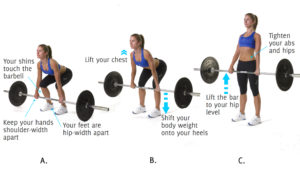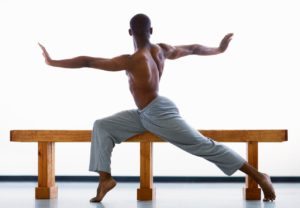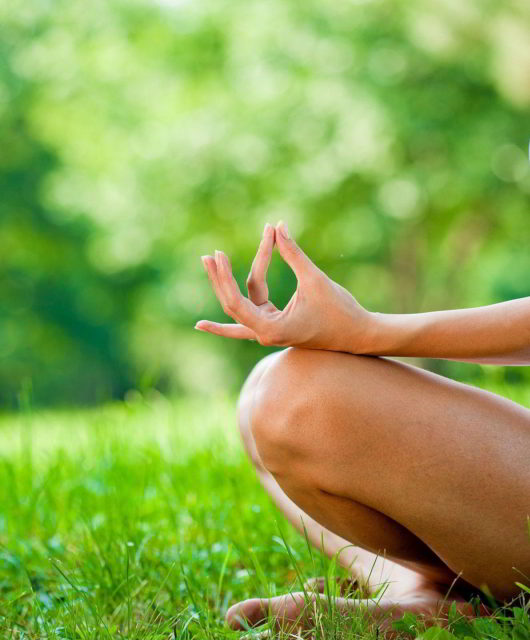Training regularly and with intensity is an important factor when working towards a specific goal. Maybe your goal is to lose weight, build muscle or lead a healthier lifestyle (a common tradition amongst many cultures).
But training without thinking and not carefully crafting every move can have some significant consequences. Not watching your form, not completing the proper range of motion (ROM) for a particular exercise, and not doing a warm-up beforehand can lead to injuries.
Form

Any trainer, coach or “bro” will explain how important form is. Running like a headless chicken on the track isn’t going to get you across the finish line first. There’s a special form to running, and following that form will build speed and stamina.
Similarly, lifting with proper form at the gym helps to target specific muscles, recruiting them to perform an exercise and build greater muscle and strength. Ignoring proper form will lead to injuries.
There are multiple resources on the Internet to research proper form for nearly every exercise and training form that exists today. One of the best resources is Exercise Prescription. It’s an extensive website showing examples of how to perform exercises and contains a lot of exercise science research.
Range of Motion
Ignoring range of motion (ROM) may not lead to broken bones, but it is still important. Range of motion is defined as the full motion of a particular joint or muscle. It’s important to have full ROM to build muscle. But it’s also important to keep joints, ligaments, tendons and muscles healthy and strong.
Take for example a biceps curl exercise. Curling from the bottom, all the way to the top (where the biceps squeeze), and then returning to the starting position properly flexes and extends the biceps muscle. The specific muscle is activated and builds a pump. A partial range of motion, for example – curling from a bent elbow (30 degrees) to the top, doesn’t activate all of the biceps muscle.
The benefits of full ROM are simple: it will lead to better flexibility and prevent stiffness of muscle, joints and ligaments. Some studies also suggest full ROM can prevent arthritis and lead to better flexibility, muscle balance and joint stability.
Warm-ups / Stretching

One of the most important things you can do before training is to perform a warm-up along with light stretching. Why is it important to do this? First of all, before performing a workout or getting into an intense training session, the body is “cold.” Imagine a cold body like starting a car in the winter.
If you don’t warm-up the car and immediately start driving, the car will rev high and consume more gas, heaters will blow cold air, windows will fog up, the tires and brakes will take time to perform their best, etc. All of this can be dangerous on a snowy winter’s day.
Like a car, it’s important to warm-up the body to prevent injuries and soreness. Start with stretches. A solid 7-10 minutes of stretching is the best way to get into training mode and prevent issues like lower back pain.
Following a good stretch session, perform two or three warm-ups to get the body burning like an engine. It could be a light jog on the track or on the court. The warm-up could be light sets of squats or bench press, concentrating on full ROM to fire up the muscles. Whatever your warm-up – just don’t forget to do it.
Proper stretching and warm-ups prevent muscle stiffness, cramps, joint problems and pain. Ignoring a warm-up could lead to muscles cramping or not performing at 100 per cent, and that can lead to injury.
Get a Massage
For those with an active lifestyle, a massage from time to time is a must-do. While form, ROM and stretching is something to do before exercising, a massage is a relaxing activity at any other time. Multiple studies prove that massages are a fitness recovery aid, assist in improving physical performance and reduce recovery time. Read our previous post and learn how massages will improve your lifestyle.
You can get a massage by seeing a massage therapist or get one at home with a massage chair. Both are great options – but just like exercising, keep a regular massage schedule to give your muscles and joints a well-needed break.









